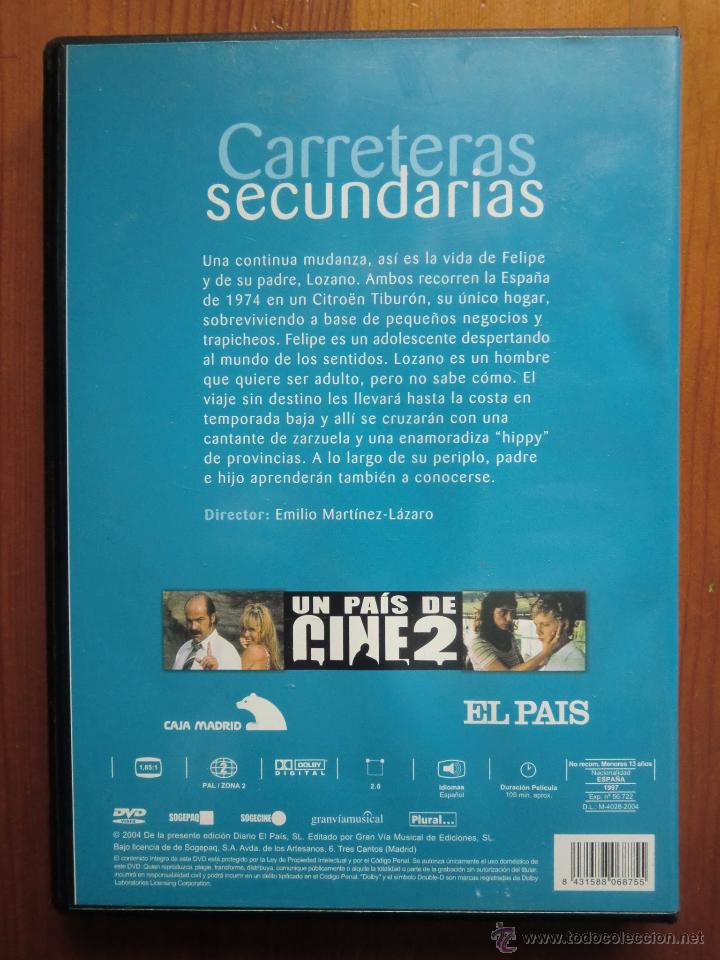

SOURCE: Sexto Piso Weekly literary chronicle by Llucia Ramis, La Vanguardia, March 25, 2017, p. Update: The Guardian offers this newspiece (Oct. Though this book hasn’t been written by a Spanish author and doesn’t talk about Spain or Portugal, this blogger considers it important enough to mention it here. The Wikipedia has got this article on Valeria Luiselli. La historia de mis dientes (2014 English: The Story of My Teeth) Los ingrávidos (2011 English: Faces in the Crowd) There is a very informative recent article by Luiselli on Literary hub (in English) and an author interview on the New York Times (in Spanish).

Using as the conductive thread the fourty questions of the questionnaire that serves as the base for the legal process that will determine their situation, Luiselli has entered the migrant children’s reality in order to show us both their past, present and future lives and the labyrinthine and ruthless immigration system of the United States. And there is the question put honestly by Luiselli herself: “How does one explain it that it is never inspiration that drives people to tell a story, but rather a combination of rage and clarity?”. Los niños perdidos is a brutal, intimate testimony, written in a frank, brilliant and lucid prose that observes the child migrants’ reality from a distance situated between the desire to remedy the existential helplessness in which they find themselves and the impotence caused by the incapacity to do so.

“Why did you come to the United States? That’s the first question on the intake questionnaire for unaccompanied child migrants.” Through her work as an interpreter in defense of child migrants in the federal immigration court in New York City, Valeria Luiselli could get to know first hand the tangled legal process on which depends literally the future of thousands of children from Central America who risk their lives to cross the borders of Mexico and the United States to escape the daily inferno in their respective countries of origin. Un ensayo en cuarenta preguntas , 2016, 112 p.


 0 kommentar(er)
0 kommentar(er)
